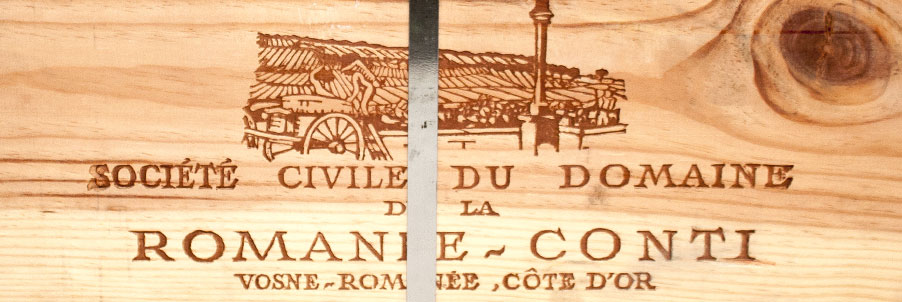No Hommage a Jacques Perrin was made in 2008, but the 2007 Chateauneuf du Pape Hommage a Jacques Perrin is an utterly perfect wine. Composed of 60% Mourvedre, 20% Syrah, and the rest Counoise and Grenache, this prodigious effort boasts an inky/blue/purple color to the rim in addition to an exceptional bouquet of camphor, roasted meats, blueberries, black cherries, black currants, truffles, beef blood, pepper, and incense. The sumptuous aromatics are followed by a wine of compelling intensity, full-bodied power, perfect balance, laser-like focus, and a finish that lasts more than a minute. The 2007’s texture reminds me of the 1998 Jacques Perrin, and the freshness of the fruit and explosive aromatics are to die for. There are only 500 cases of this legend in the making, but for those lucky enough to find any, it will last for 40-60 years.One of the great estates of the Rhone Valley, Chateau Beaucastel has been run by several generations of the Perrin family, beginning with the late Jacques Perrin (who died in 1978), then the brothers Jean-Pierre and Francois, and now their sons Thomas, Marc, Pierre, and Mathieu. Beaucastel has nearly 200 acres in vine in Chateauneuf du Pape, and they have branched out with an impressive operation under the Perrin et Fils label, purchasing grapes and acquiring land (in Vinsobres and Gigondas, for example). Their goal is to become the most recognized name for high quality wines in the southern Rhone. As shrewd consumers know, one of the best values in under $10 a bottle wine is La Vieille Ferme. The Perrin et Fils cuvees include wines made from purchased grapes as well as their new acquisitions in Vinsobres, Gigondas (25 acres), and the Cotes du Rhone village of Cairanne (35 acres). The Perrins enjoyed tremendous success with their 2008 red wines, largely because yields ranged between 18 hectoliters per hectare for Beaucastel, to only 20 hectoliters per hectare for Coudoulet. The mildew that affected everyone was the culprit. The entire family acknowledged there was an extraordinary triage and culling out of the grapes at the sorting tables.Robert Parker | 100 RPI continue to be blown away by the 2007 Châteauneuf du Pape Hommage A Jacques Perrin and it’s a magical, hedonistic, thrilling wine in every way. A blend of 60% Mourvèdre, 20% Syrah, and the balance Counoise and Grenache brought up in a large oak foudre, it offers to-die-for notes of roasted Provencal herbs, black truffles, assorted red and black fruits, ground pepper, lavender, and incense. Thick, opulent, full-bodied and incredibly powerful on the palate, it has the sexy, fruit-loaded style of the vintage front and center yet backs it up with masses of tannins and structure. Drink it any time over the coming two decades or more.Jeb Dunnuck | 100 JDThis has all the heady, dense crushed fig, linzer torte, currant confiture and melted licorice flavors of the vintage, but carries them effortlessly, thanks to perfectly embedded tannins and gorgeous, creamy layers of tar, roasted mesquite, braised chestnut, maduro tobacco and iron. Offering amazing mouthfeel, a stunning array of flavors and awesome density, purity and length, this shows the glory of Mourvèdre in 2007. Best from 2012 through 2035. 580 cases made.Wine Spectator | 99 WSStill opaquely coloured. Interesting nose; meat stock, smoked duck, struck flint, cigar tobacco - a very smoky, savoury style. It’s opulent, with a soft, yielding texture, this is ready for business now. It’s very rich, exceedingly opulent, the alcohol is very high. Great depth and length, with star anise on the finish - almost has a mulled character. Incredible length; a narcotic vintage of Hommage that is atypical and unforgettable. A wine to share among friends, a glass would be enough. Perhaps two... Drinking Window 2019 - 2050.Decanter | 99 DEC(based on 70% mourvedre) Opaque ruby color. Remarkably complex bouquet of dark berry compote, potpourri, sandalwood, smoked meat and licorice, complemented by a smoky mineral overtone. Broad, palate-coating dark fruit flavors pick up notes of candied flowers and licorice with air and show a pungent Indian spice character. Becomes more floral with air and leaves sweet cherry and floral pastille notes behind. I’d buy all of this that I could afford.Vinous Media | 97 VM

